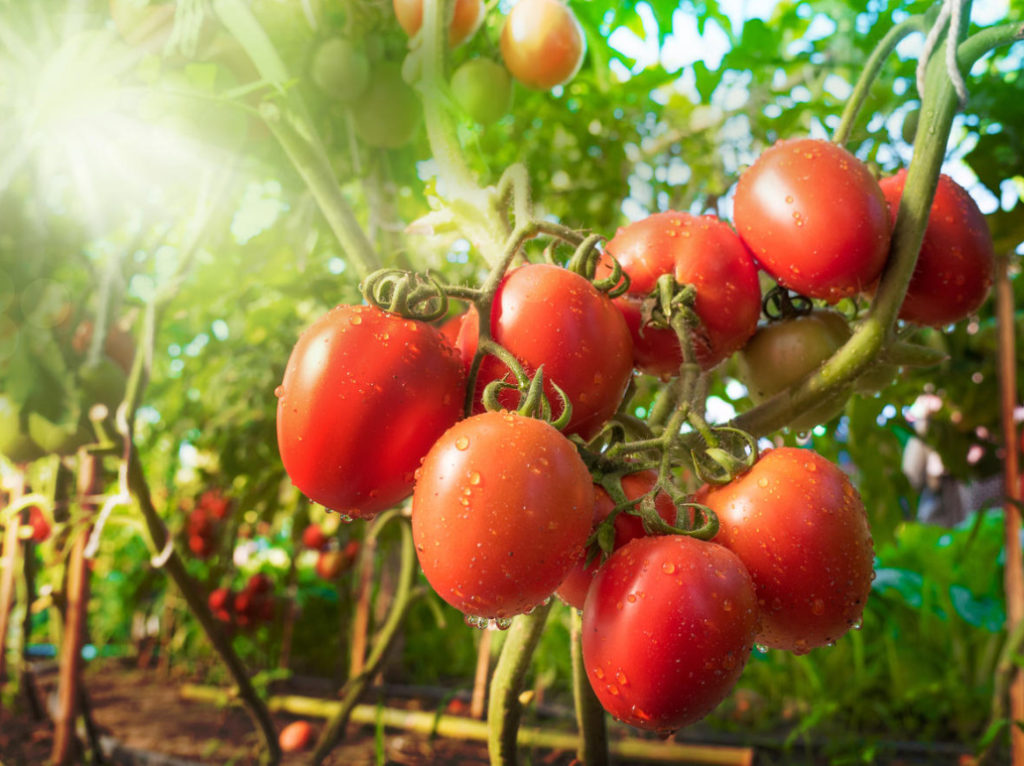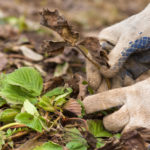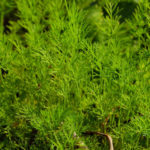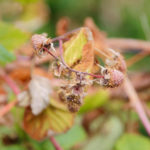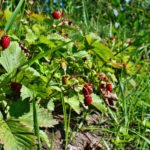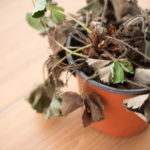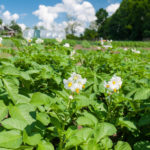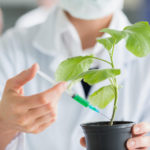Reproduction of their own kind-the main and main purpose in the life of any creature. That’s what this is all about. No exception, and plants that develop, overgrown with roots and leaves only to appear flowers, in place of which appear fruits. And they carry the seeds-the germs of new life.
In this, the goals of Nature and the gardener coincide: both sides are vitally interested in fruit formation. In nature, for the appearance of flowers and the subsequent ovary “responsible” phytohormones. Exactly, as and for all the rest events in life plants.
All the subtleties of fruit formation
First recall the basics of botany, is known to all since middle school. To form a fruit in flowering (angiosperms) plants there is a special body designed for reproduction (generative) — flower.
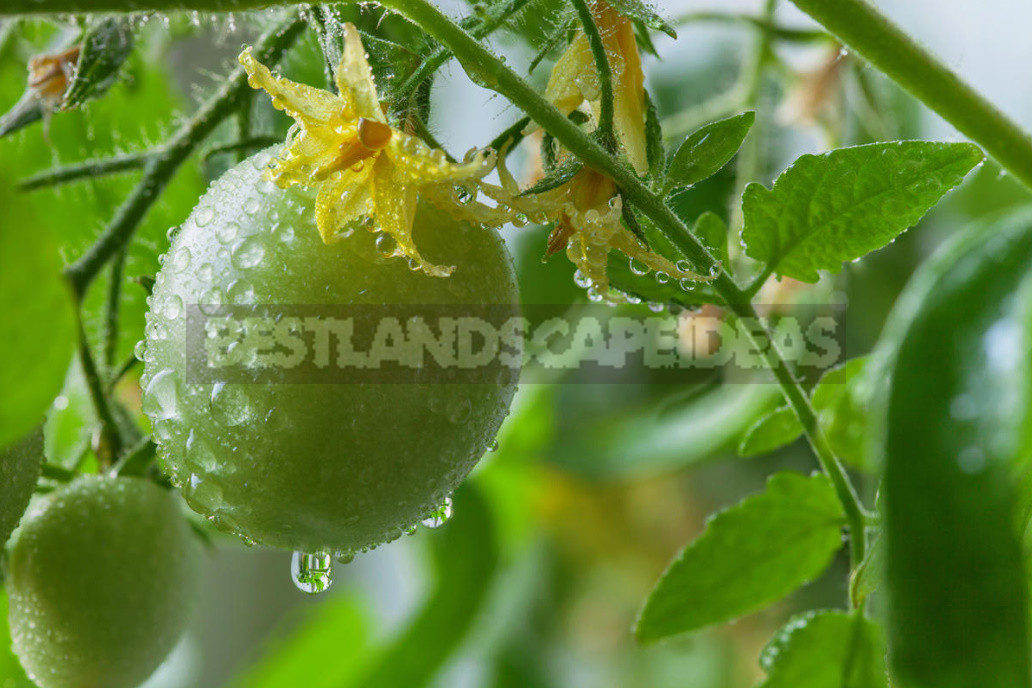
All this information fringe about stamens and pistils, ovules and ovaries, described in a school textbook, most non-botanists are not quite clear and uninteresting. It is important that, according to most modern scientists involved in plant physiology, a flower is a modified shoot formed by a plant from generative tissue.
To happen flowering and subsequent formation of the fruit, a combination of external and internal factors.
- The plant must reach sexual maturity, that is, the ability to reproduce. To do this, you need to go through the stage of vegetative development — to increase a certain number of leaves. So, for example, in tomatoes, the first flower brush is laid after 3-4 leaves (determinant varieties) or after 9-12 leaves (indeterminate) — this is an internal factor.
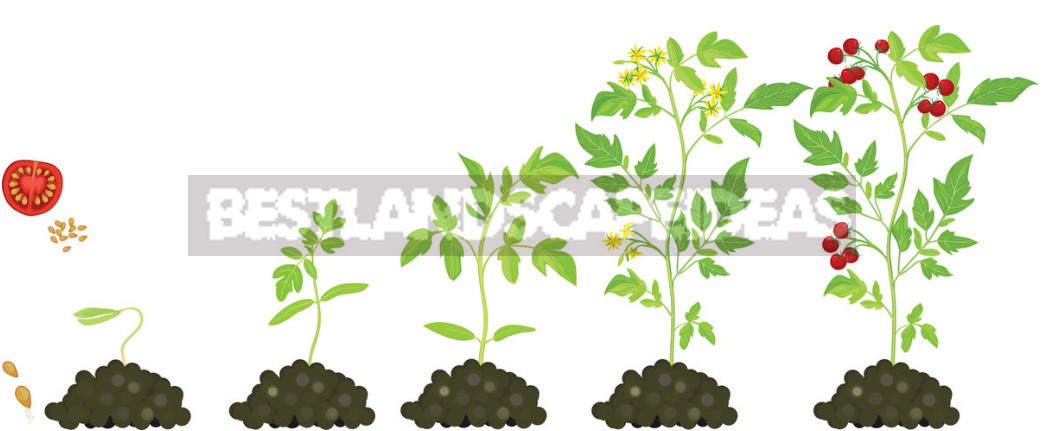
- Certain external conditions, such as air temperature and daylight length, must be observed. And it will be an external factor. So, tomatoes will not bloom if the air temperature is below +15°C, and if above + 35°C, fertilization will not occur, the fruits will not be tied.
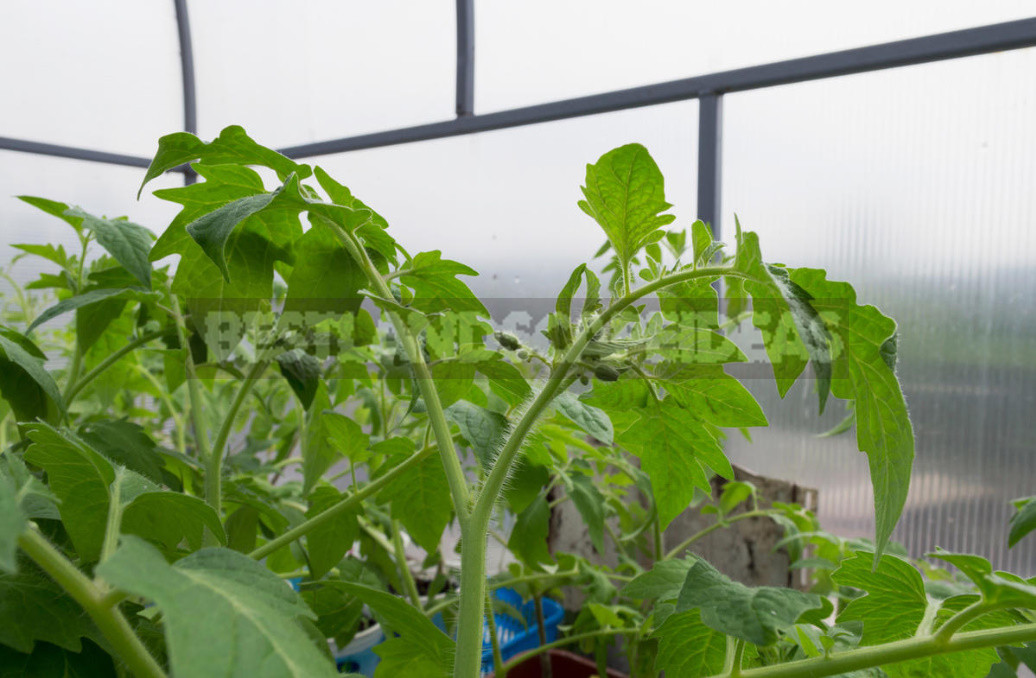
The simultaneous fulfillment of these 2 conditions starts the flowering process: the cells of the apical tissue are separated and some of them are converted into floral — there is a bookmark flower.
Elusive florigen
As mentioned above, phytohormones serve as a signal for the appearance of a flower instead of the next escape. It is difficult to identify only one substance that is responsible for flowering. Back in 1937, a plant physiologist suggested that the initiation of this process in plants is responsible for some hormone — like molecule, which the scientist called florigen-the gene responsible for flowering.
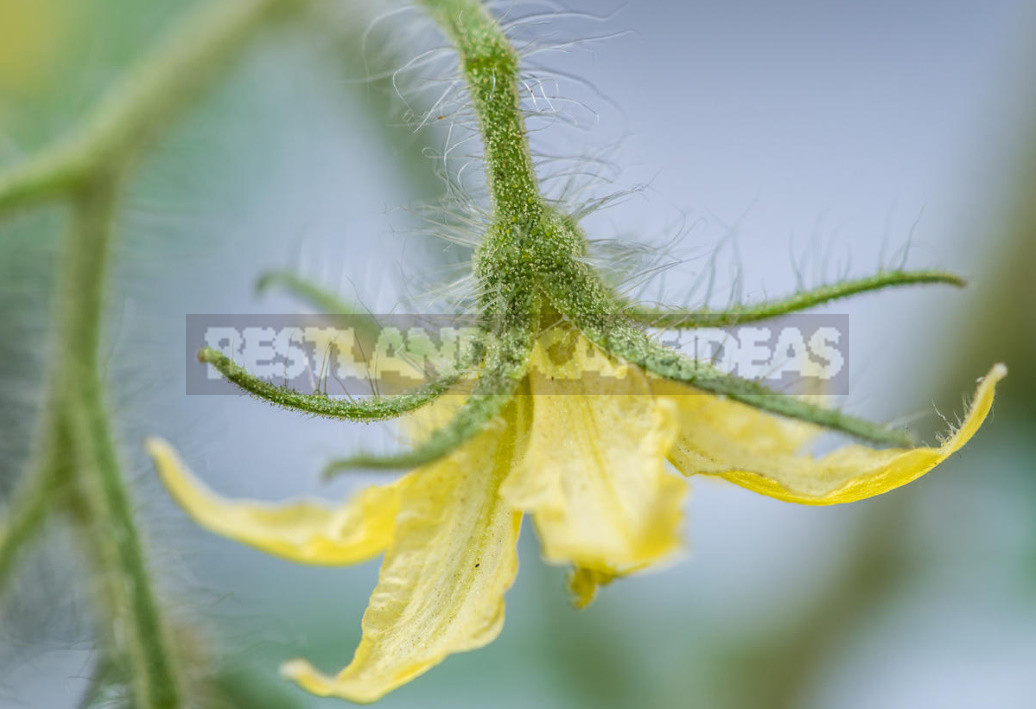
However, all attempts to isolate the gene responsible for the appearance of flowers, so far have not been successful. To date, botanists agree that flower buds are formed mainly under the influence of a pair of hormones: auxins or gibberellins and the mysterious florigen. But these phytohormones act differently on plants of long and short day. Some studies also show that the transition of plants to bloom and affect the cytokinins formed in the roots.
What can you buy to stimulate flowering and ovary formation?
Drugs that stimulate the beginning of flowering, the formation and preservation of the ovary, should be used if the conditions for the natural process of reproduction are not too favorable:
- the temperature is too low and the plant does not plan to bloom;
- the temperature is too high, pollen becomes sterile, or plants shed flowers;
- too high humidity at which pollen becomes heavy and sticks to anthers;
- few pollinators.
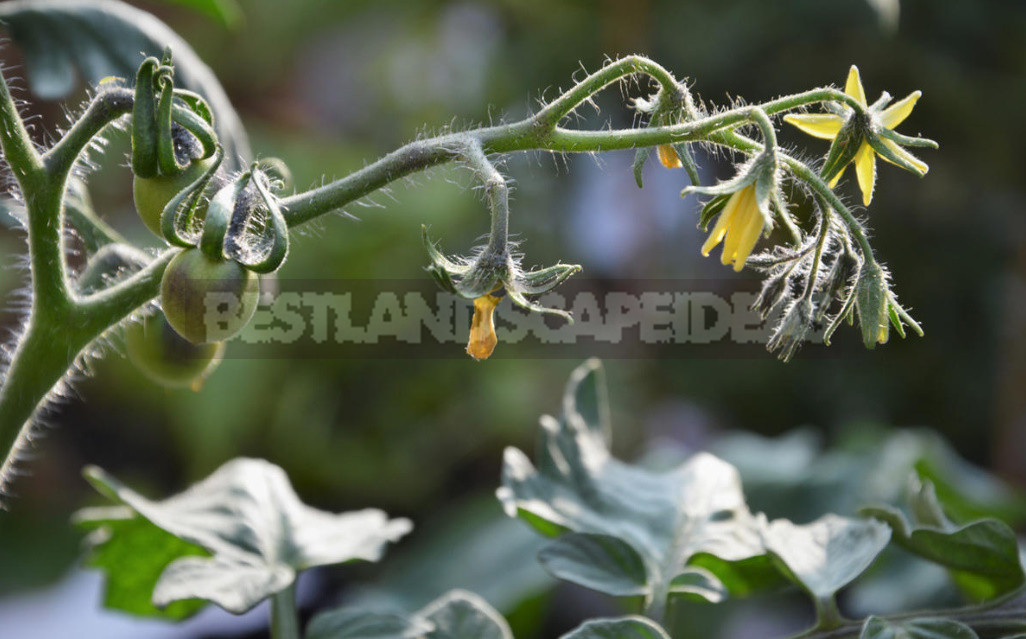
Phytohormones to stimulate fruit formation will also help to keep the formed ovary from falling off, regulating the delivery of nutrients and providing additional nutrition to the growing fruits.
But there was still one problem with the owner of the garden from the country of evergreen tomatoes, or rather, two. Short summer, not giving ripen on the bushes tomatoes, even if they were tied a lot, and terrible and terrible Phytophthora, capable of 1 day to destroy all the works of the cottager during the summer. And here to help gardeners, too, hurry chemists. On drugs that accelerate maturation, talk in one of the following publications. Good harvests to you!
